Getting your first tattoo can be daunting, but here’s a step by step guide on how to prepare, what to expect and how to care for your first piece of ink.
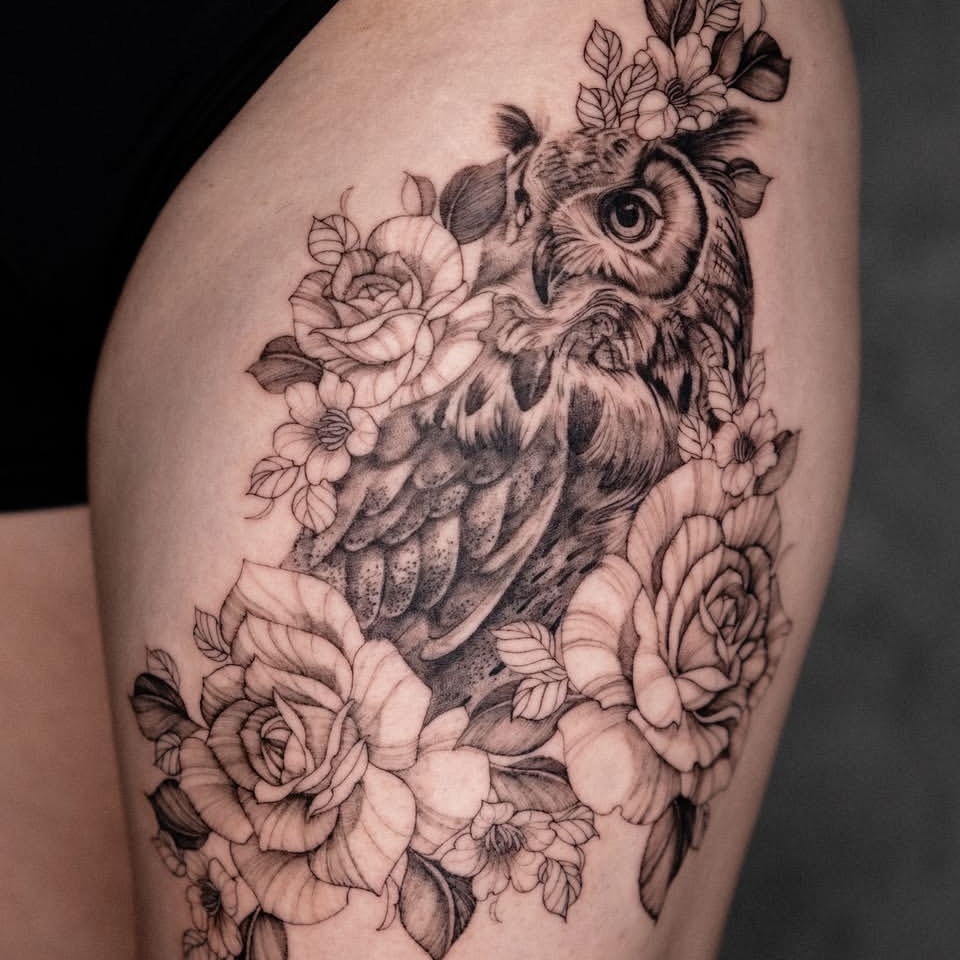
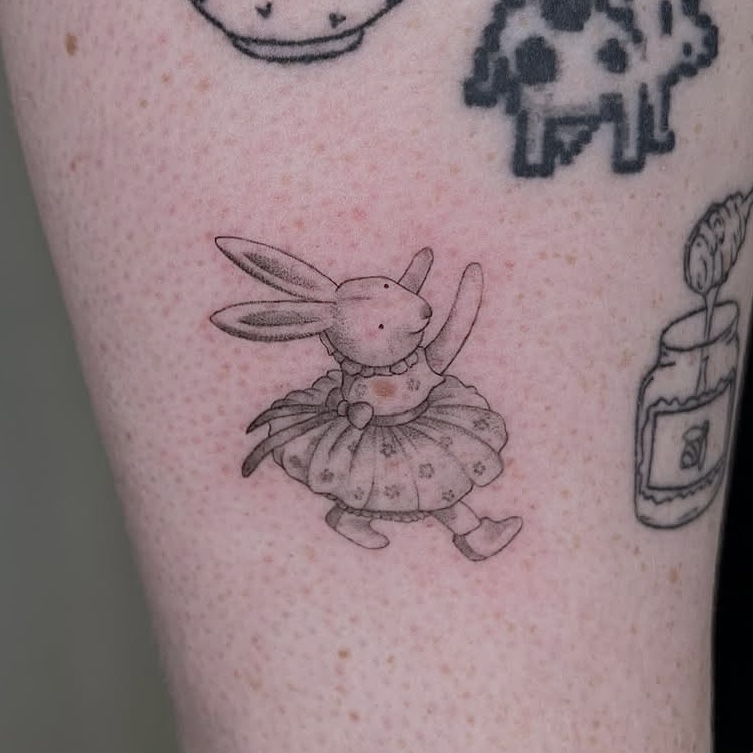
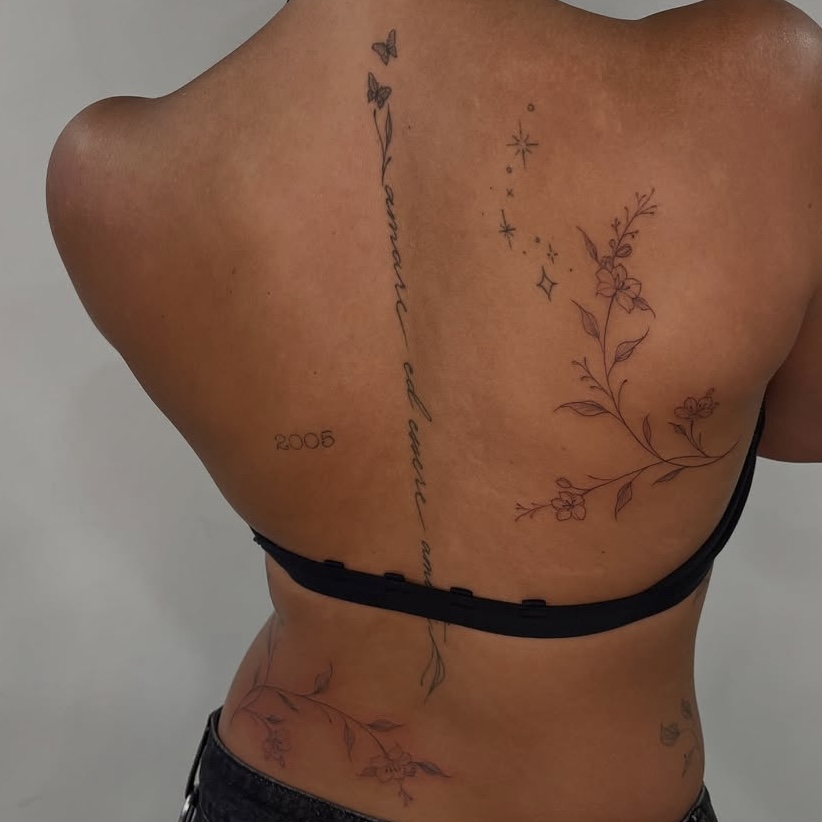
How to pick a tattoo artist
So, you’ve got your design in mind, you’ve been thinking about it for months and want it to be perfect! But you’re not sure who will be the best artist for you.
The most important thing when choosing a tattoo artist is ensuring you trust them and you’re comfortable with them. A good way to establish this trust is by finding tattoo artists on social media and following them, by keeping up to date with their work and lifestyle, it can help to gain insight into who they are as a person and artist, as having a good experience is just as important as having a good tattoo.
When looking at the social media of an artist, it’s really important to look at the healed work as well as their fresh work. Healed work is more indicative of an artist, as it shows how their work heals and looks after a period of time, if an artists doesn’t have any healed work examples or their healed work doesn’t look good, it might be worth avoiding that artist.
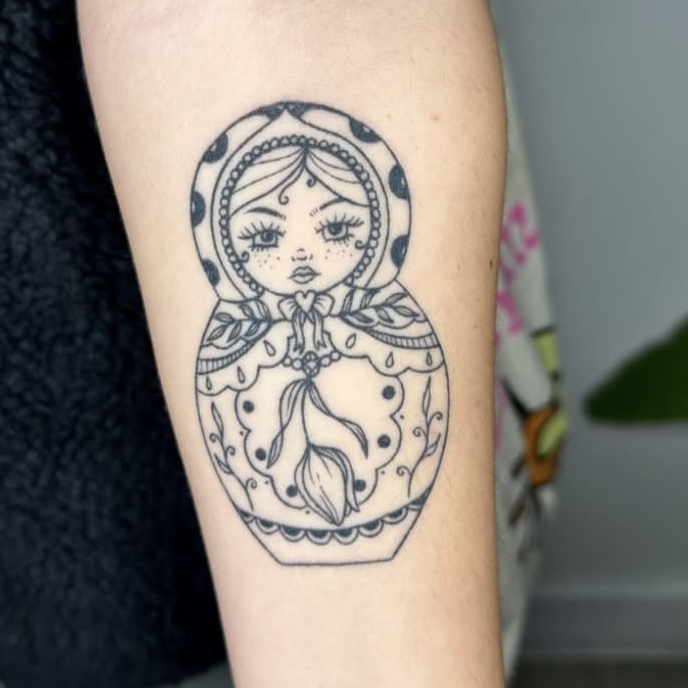
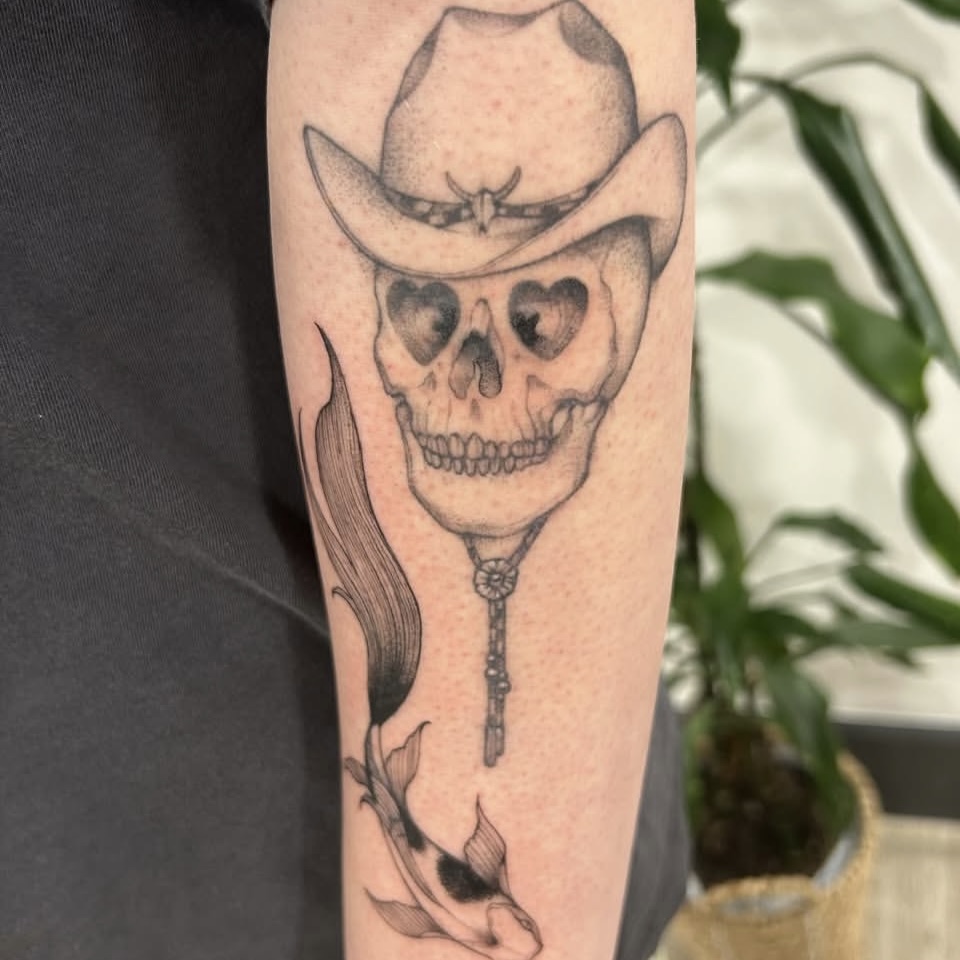
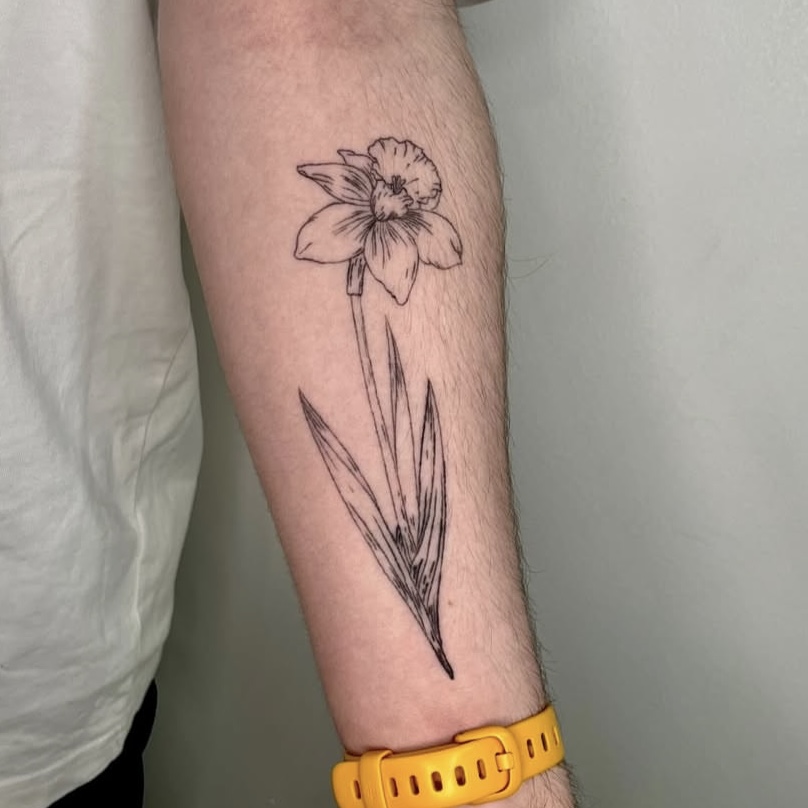
On Instagram, we collaborate with our artists social media posts so they’re all in one place and easy for you to find, feel free to have a browse through and see if any artists take your fancy, you can find our Instagram here.
Preparing for your tattoo
If you find yourself really anxious for your tattoo, it’s important to remember that any reputable artist can offer you a consultation beforehand, to cover any questions, go over placements and any fears you may have. Consultations can be really helpful for big tattoos and first time tattoos, so your artist can get to know you and/or your body before the actual tattoo appointment.
Before the appointment, it’s important to prepare for your tattoo, get a good nights sleep, drink plenty of water and have a good, hearty meal. These steps are vital, as it will make the tattoo easier and less painful for you, and will also help the tattoo artist, as hydrated bodies take ink easier.
If you get any sort of irritation on the place you’re hoping to get tattooed, it’s important to let your artist know as soon as possible, this can mean eczema flare ups, hives, bruises etc.
The process
The entire tattoo process is designed to be collaborative between you and the artist, and during the stencilling process it’s important to be completely upfront and clear about your feelings.
Firstly, unless you’ve picked a flash piece, your artist will show you the drawing they’ve created for you, this may be a pencil drawing or an iPad drawing. This is your chance to communicate whether the artist has captured your vision, any good artist will be more than happy to make as many changes as you need.
After the both of you have finalised the design, you and your artist will use a stencil to trial and error the correct placement. They will print off your design and place it on you using stencil ink, a non permanent ink that will allow you to see the tattoo as is on your skin, before you begin tattooing. This process is designed to allow you to change the placement as many times as needed, so don’t feel bad if you need to try out a few different stencils!
Once you’re happy with your stencil, it’s time to tattoo!
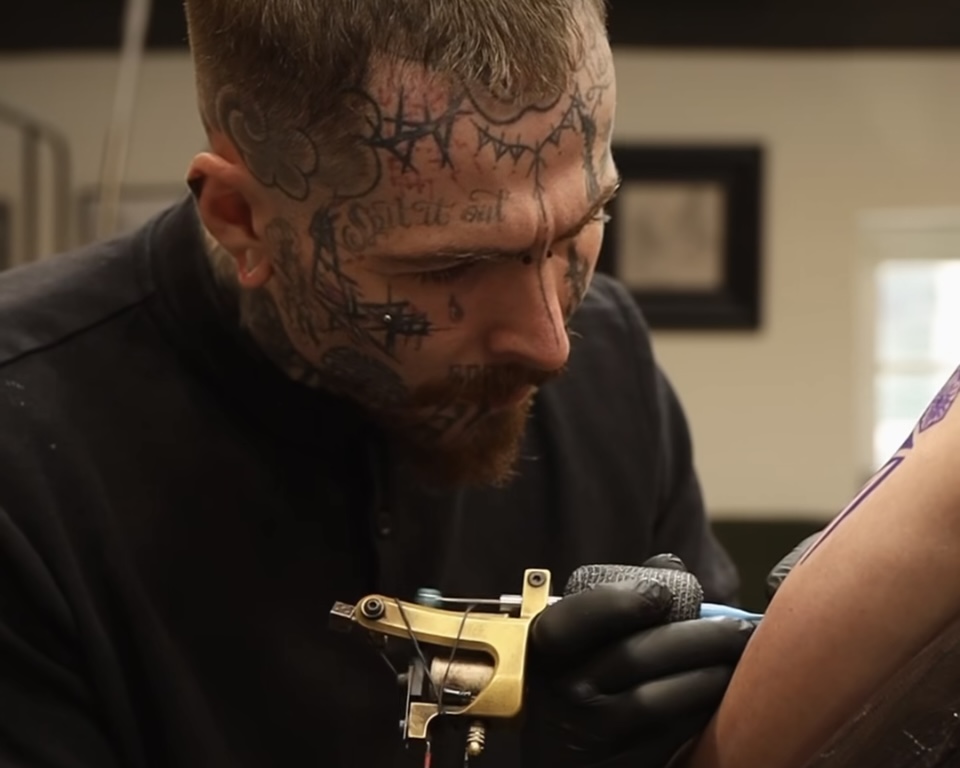
Does it hurt?
Unfortunately, tattoos do hurt, but usually no more than a cat scratch. Pain levels vary depending on placement and the person, so there’s no right or wrong way to handle getting inked. The placement that tends to hurt the least are the outer arms, and most painful being elbows, knees and stomach.
Once the tattoo starts, it’s important you try and stay as still as possible for your artist. If you begin to feel ill, lightheaded or faint, it’s vital you communicate this with your artist, it’s more than okay to ask for breaks, stretch your legs and have a drink. Most of the time, the tattooists themselves will have been tattooed in the past, so they understand what it’s like!
Feel free to bring your headphones, a book or a gaming device to distract you. For longer tattoos, it may be worth bringing a snack to help keep you going!
Caring for your tattoo
Once your tattoo is finished, your artist will either cover it with clingfilm or second skin. You’ll then be talked through the aftercare, and often given a sheet, detailing all the steps. It’s important you keep to your artists recommended aftercare, instead of listening to a friend of family member that may have gotten a tattoo, your artist will know their own work best and will know how to heal it best.
If you’ve been given clingfilm, this should typically be removed after 3-5 hours, second skin however can be left on for a number of days. How and when to clean and moisturise your tattoo is down to the artists discretion, but make sure to only touch your fresh tattoo with clean hands, and don’t let bacteria get into it.
It’s also incredibly important to not pick at or itch your tattoo, as after a few days, you’ll typically find it starts to itch. this is completely normal, but it’s important to remember not to touch it
if any issues arise, get in touch with your artist or the studio, they’ll be happy to help with any queries you may have.
Having a tattoo is so much fun, and it should be enjoyable! It’s completely normal to be anxious in the lead up to your first, but the likelihood is, you’ll be coming back for your second- and at that point, you’ll know exactly what to expect, and you’ll be an expert in getting inked 🙂
To book in with us, you’ll find our enquiry page, here.
We hope to see you soon!
Buzz x
